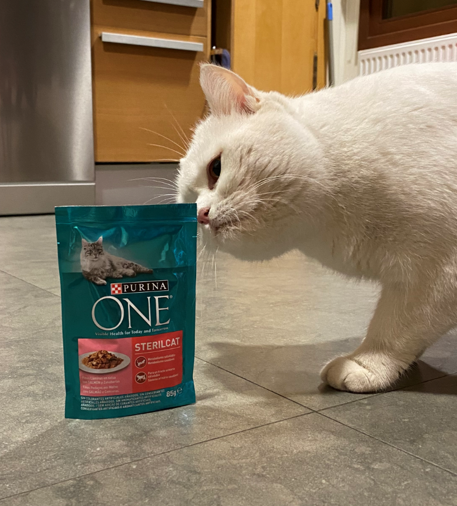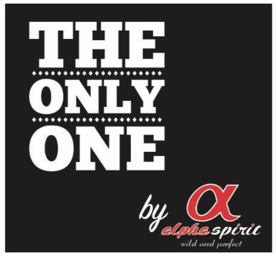Nestlé’s one is not the only one…
by Verena von Bomhard – Published on 31 January, 2020 at Kluwer Trademark Blog

Is this the (only) ONE?
The General Court denies likelihood of confusion, contrary to EUIPO
In one of its last decisions in the old year (judgment of 19 December 2019, T-40/19, Amigüitos pets & live v. EUIPO), the General Court reversed the Fourth Board of Appeal’s ruling that Nestlé’s trade mark ONE was confusingly similar to this figurative mark:

This is worth reporting because the likelihood of winning against the EUIPO before the GC is generally not great (less than 25% in inter partes cases) – and even slimmer where the two EUIPO instances had ruled alike.
Nestlé had argued – and this had been endorsed by the EUIPO – that its ONE mark enjoyed a reputation, and that, in addition, it was an independently distinctive element in the applicant’s mark. The GC agreed with neither.
With respect to the reputation of the ONE mark, the GC held that the evidence showed extensive use of PURINA ONE, but not of ONE on its own, so that reputation of that element was not proven. Bearing in mind that the evidence contained images of the websites and packaging showing the big ONE mark with a tiny PURINA logo above it, this finding strikes one as rather harsh.
As regards the similarity of the marks, the GC wholly disagreed with the EUIPO, finding only a low degree of phonetic similarity and no similarity at all on a visual and conceptual account. The GC stressed that the comparison had to be based on the applied-for mark as a whole disregarding only negligible elements. The only negligible elements were found to be “wild and perfect” because of their small font. All the rest was considered important – and the GC went to some length explaining that and why the red letter α was visually important, as was the red highlighted word “alpha”, so that one could not only consider the element “THE ONLY ONE”.
The GC further stated that trademarks in the field of pet care products and food (classes 5 and 31) would normally be perceived visually, as the products are purchased from shelves. This is remarkable as it expands the corresponding case law for apparel to these kinds of goods.
Another remarkable point is that the GC expressly held that the words ‘one’, ‘only’, ‘by’, and ‘alpha’, were all ‘part of basic English vocabulary and are easily understood even by the non-English speaking public’, referring also to the ‘flow of trade in the European Union and current means of electronic communication’ (para. 78). This is a welcome departure from the many findings on EU level (including by the GC) that people in Spain, Bulgaria, Poland and so on do not speak any English, and that therefore even rather basic English terms are perfectly distinctive in those markets. On the other hand – whether those non-English speakers also understand the meaning of the expression “the only one” as being fundamentally different from the number ONE – is a question not necessarily answered by saying that they understand the words ‘only’ and ‘one’…
Of course the Court could have found otherwise; after all it has often found marks similar essentially because the earlier mark was identically contained in the junior mark. One might say that the “Amigüitos” were lucky in this case.
Nestlé will hardly try to have the decision overturned – not least because it is very unlikely that the ECJ would accept that the questions raised in this judgment raise ‘an issue that is significant with respect to the unity, consistency or development of Union law’, which, however, is now required for an appeal to be even allowed to proceed, as per Article 58a of the ECJ’s Statute.
So – it seems set in stone: ONE is not THE ONLY ONE…


